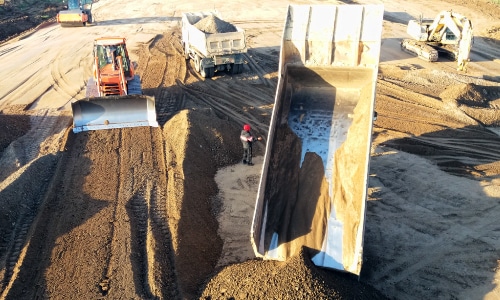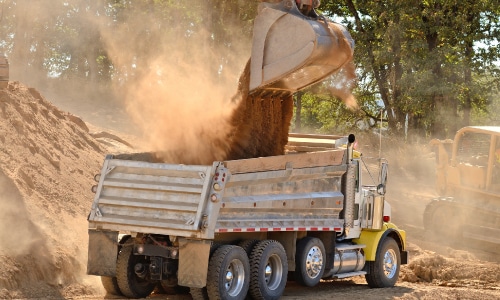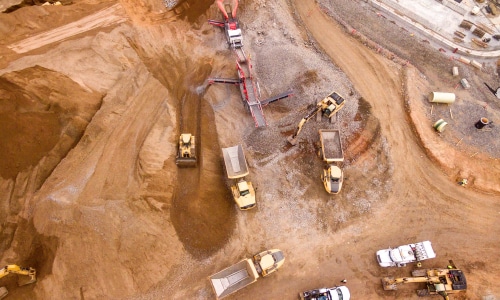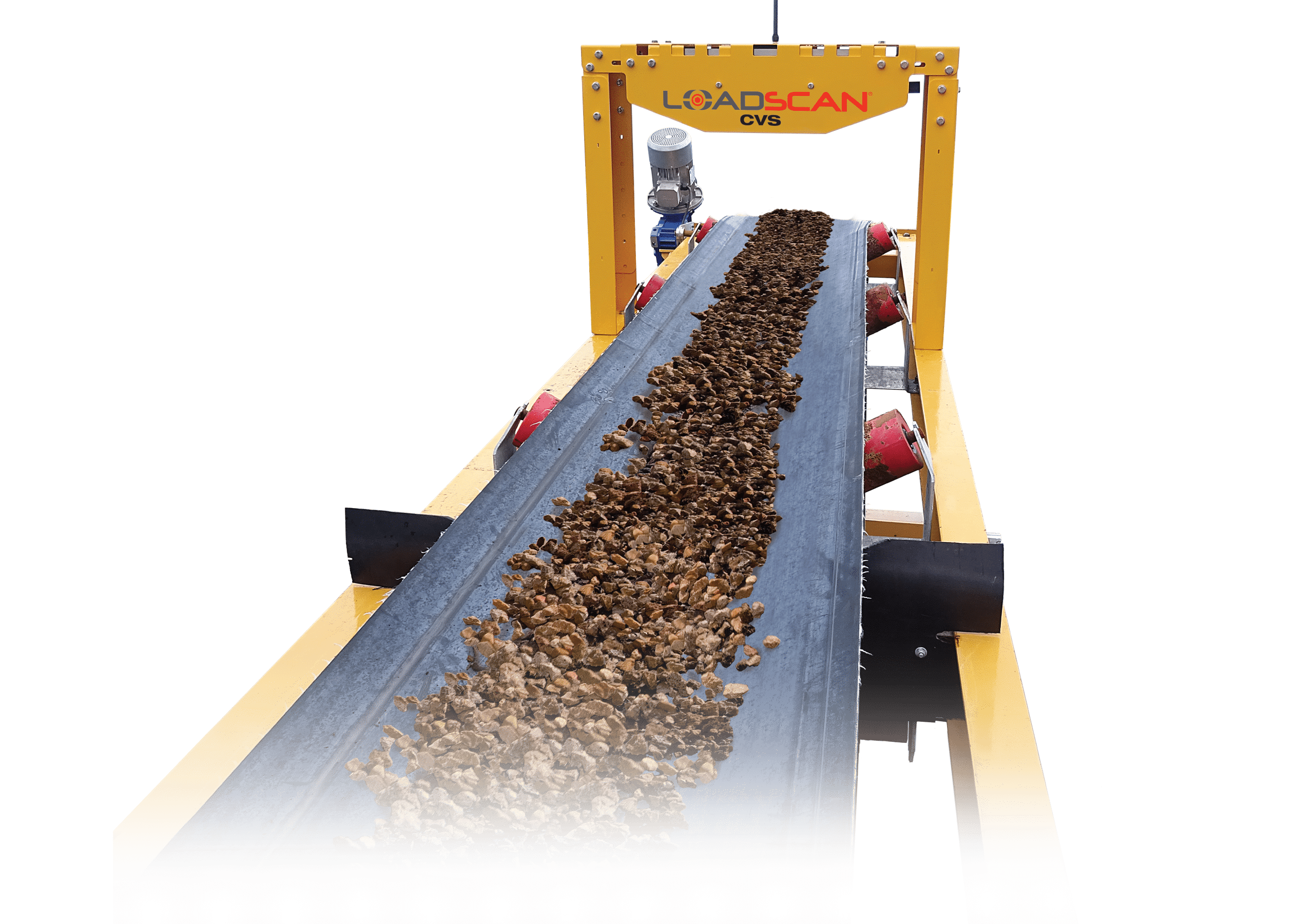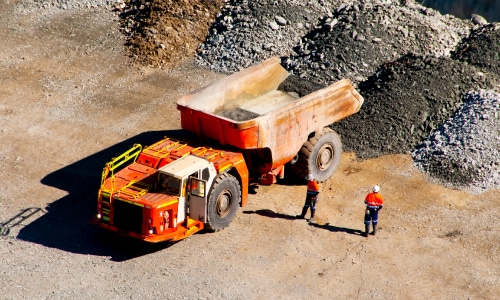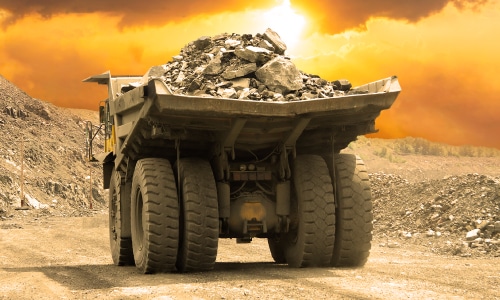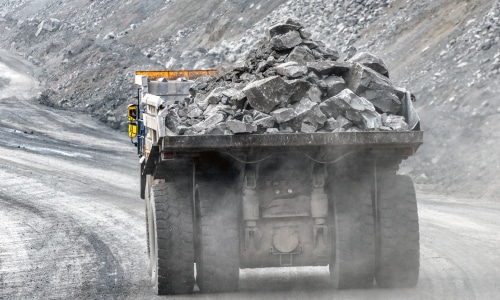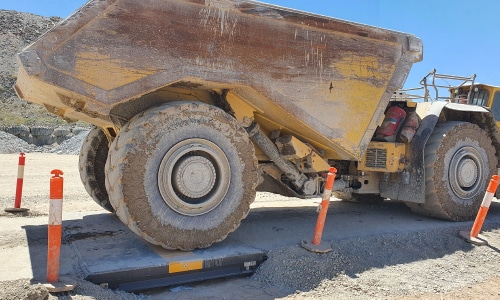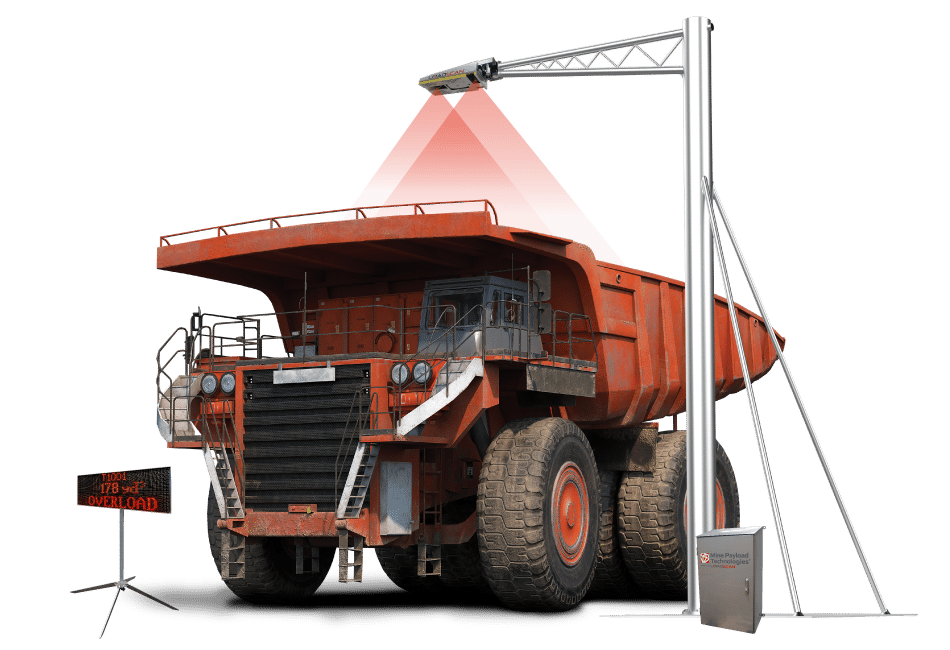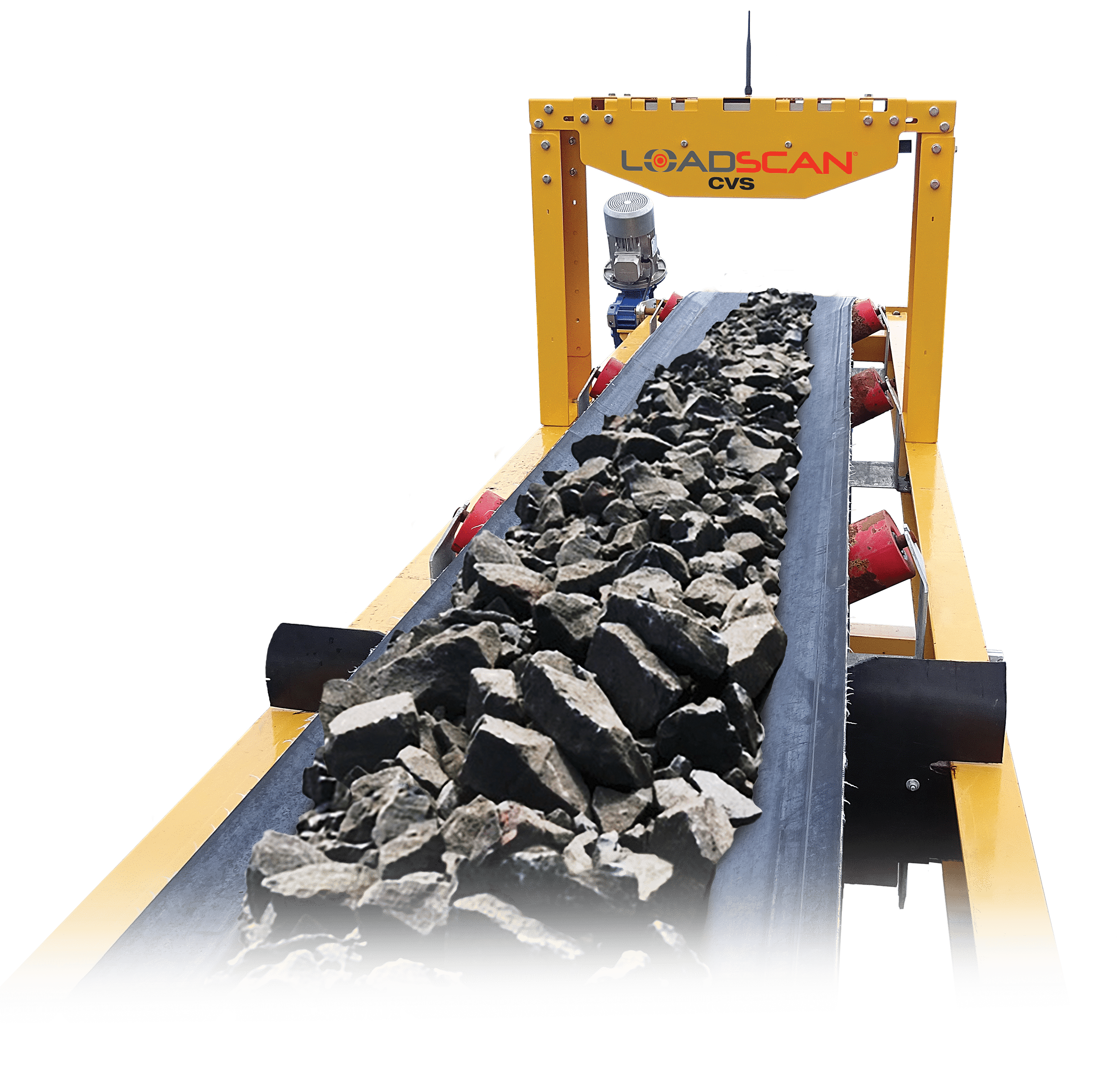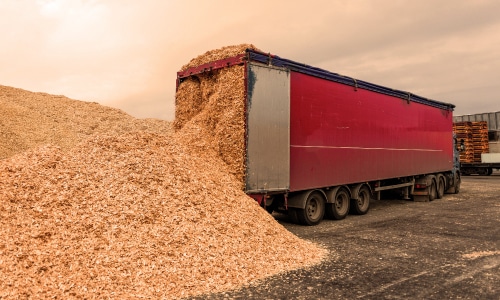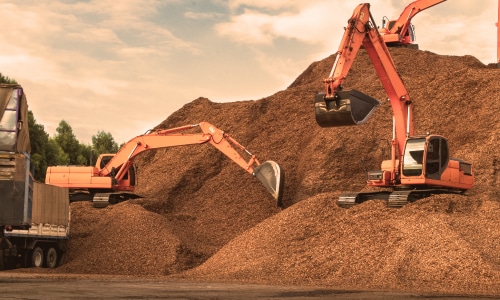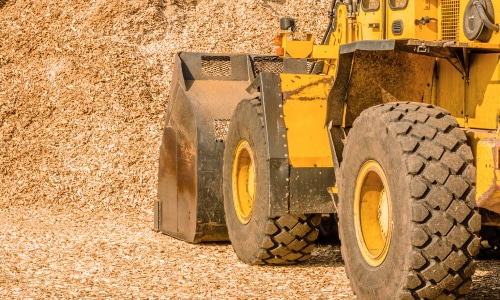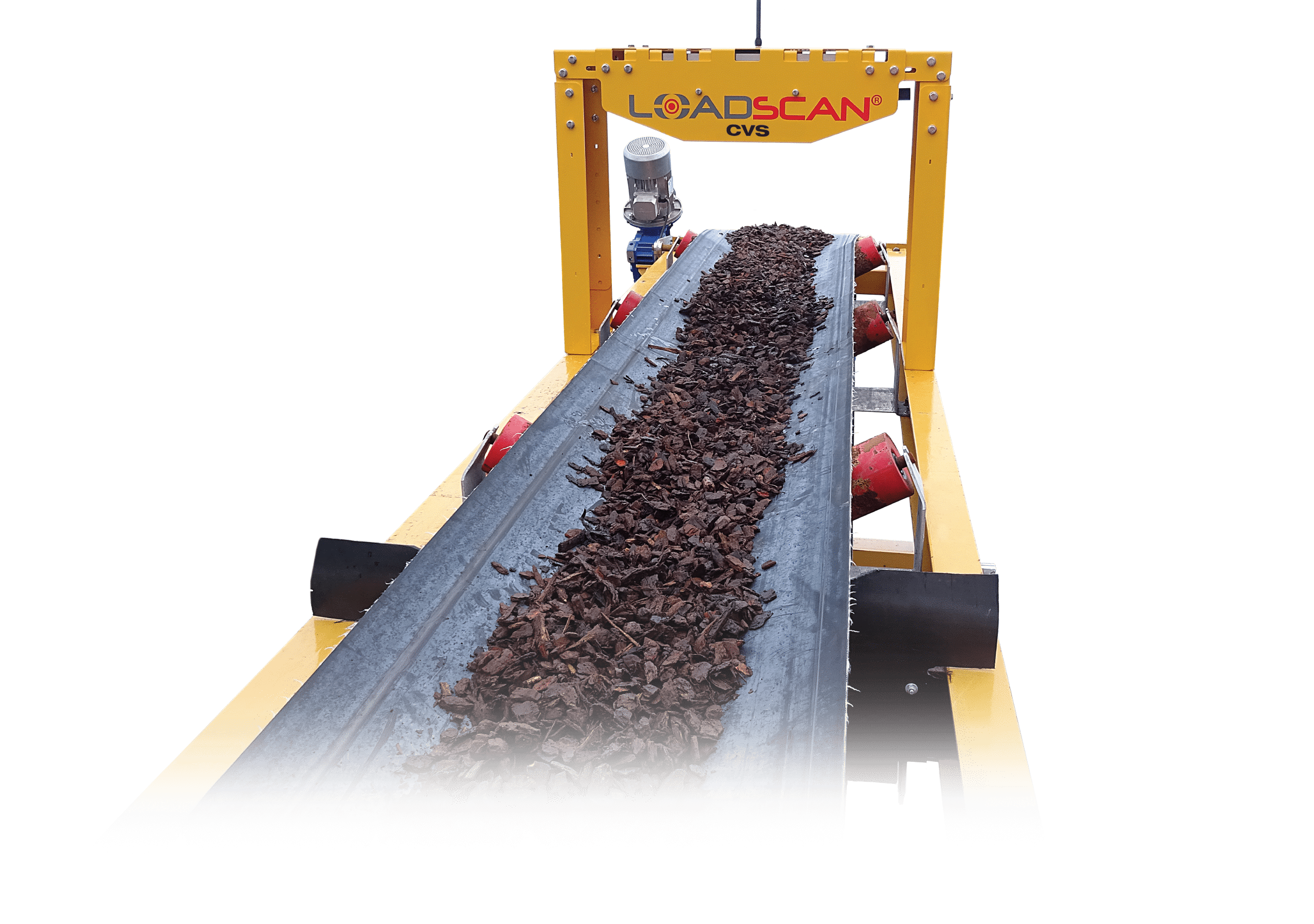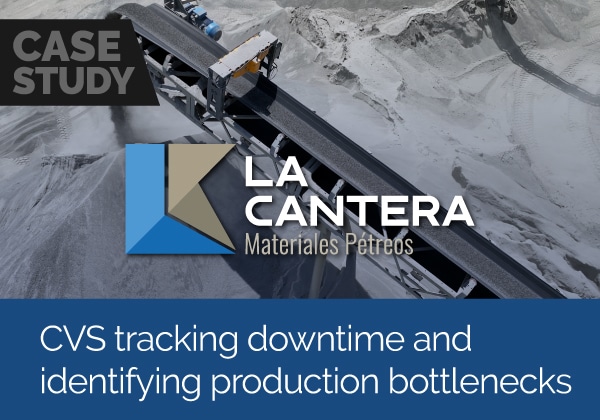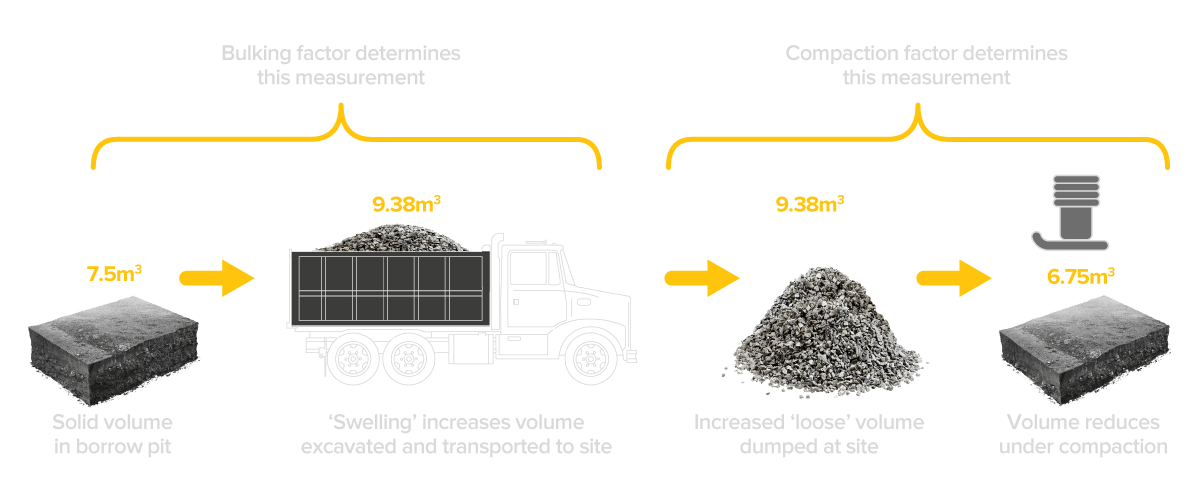Loadscan, líder mundial en tecnología de medición volumétrica, anuncia la integración de la tecnología de reconocimiento de [...]
¡Unos factores de abultamiento y compactación inexactos pueden añadir costes significativos a todos los proyectos civiles!
Las tablas de factores de abultamiento y compactación de uso común proporcionan estimaciones genéricas y no necesariamente reflejan el estado real del material excavado.
Los factores mal estimados o mal entendidos pueden añadir costes significativos a un proyecto debido a imprecisiones en la medición del material.
Un cúbico del préstamo no se traduce en un cúbico vertido, ni en un cúbico compactado.
La excavación aumenta el volumen de material, por lo que el material del préstamo se expande cuando se vierte en el contenedor del camión, en la obra o se apila.
A la inversa, el material suele encogerse con la compactación.
Sin factores precisos para determinar el volumen exacto de material que hay que cargar en los camiones para satisfacer los volúmenes compactados del contrato, los volúmenes suministrados pueden ser incorrectos y la capacidad de los camiones no aprovecharse plenamente.
Tabla típica de factores de abultamiento y compactación
| Material | Factores típicos de abultamiento | Factores de compactación típicos |
|---|---|---|
| Arcilla | 1.3 | 0.8 |
| Suelo | 1.25 | 0.9 |
| Arena y grava | 1.12 | 0.88 |
| Roca (volada) | 1.5 | 1.3 |
| Material | Factores típicos de abultamiento | Factores de compactación típicos |
|---|---|---|
| Arcilla | 1.3 | 0.8 |
| Suelo | 1.25 | 0.9 |
| Arena y grava | 1.12 | 0.88 |
| Roca (volada) | 1.5 | 1.3 |
Las tablas de factores de abultamiento y compactación son sólo estimaciones genéricas y potencialmente tienen un alto índice de error.

